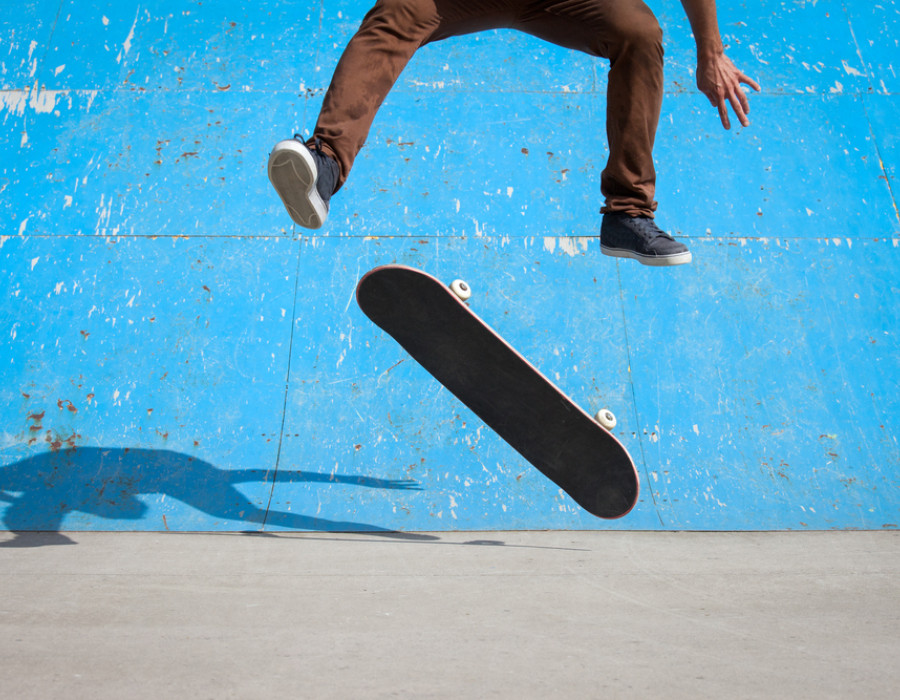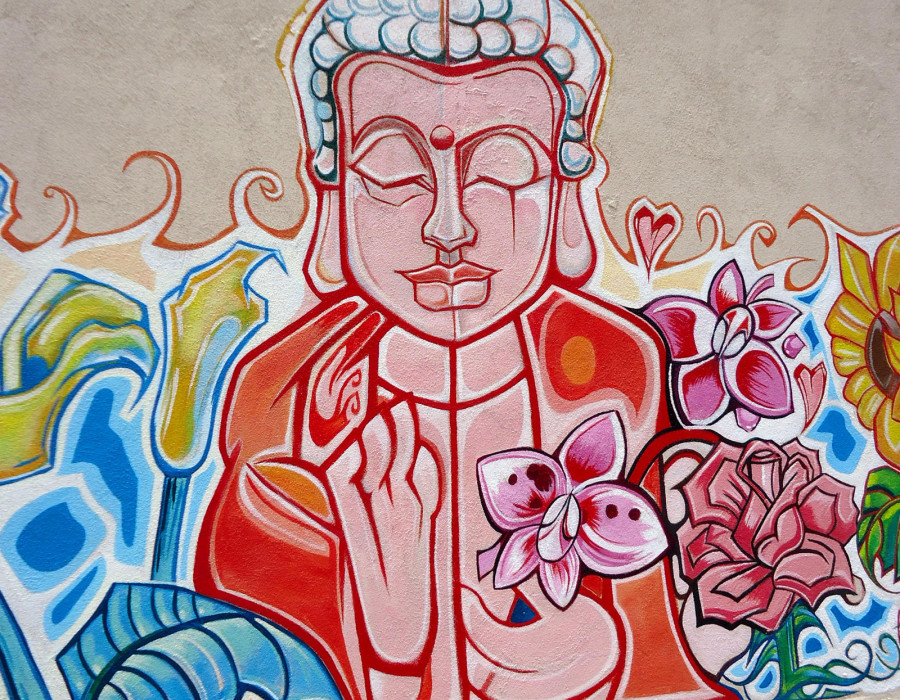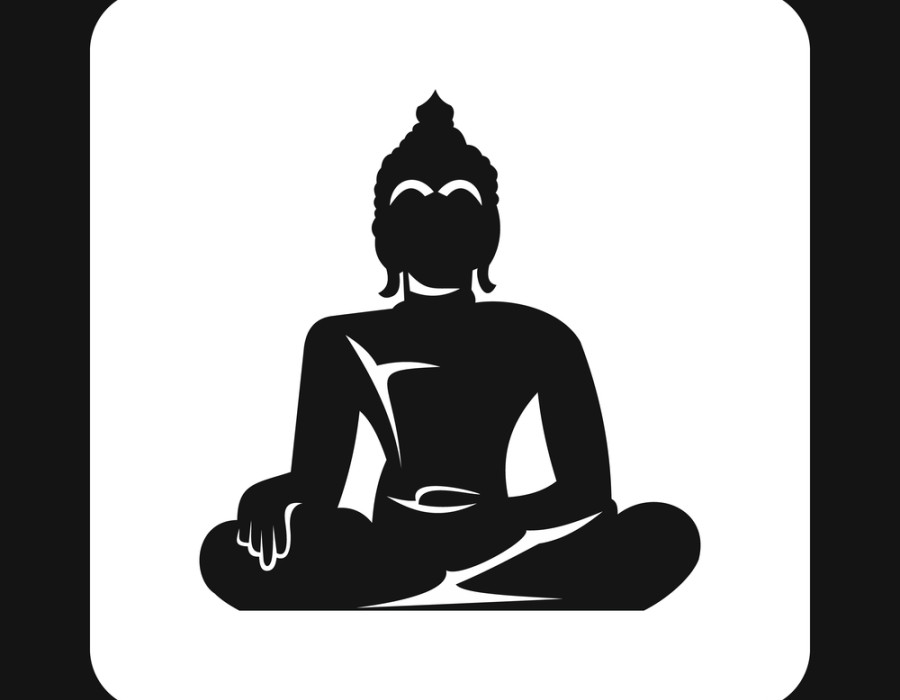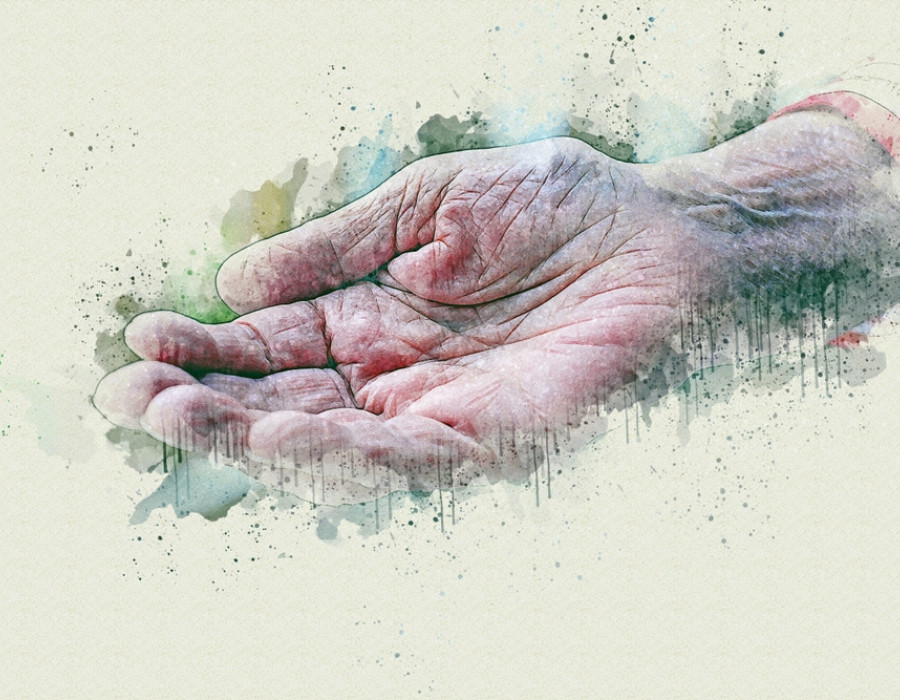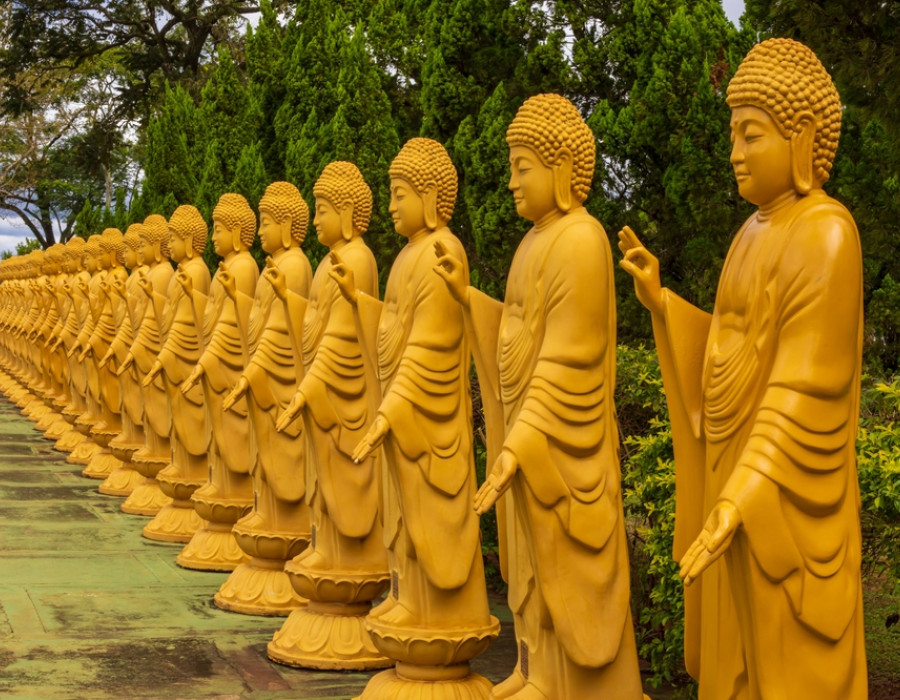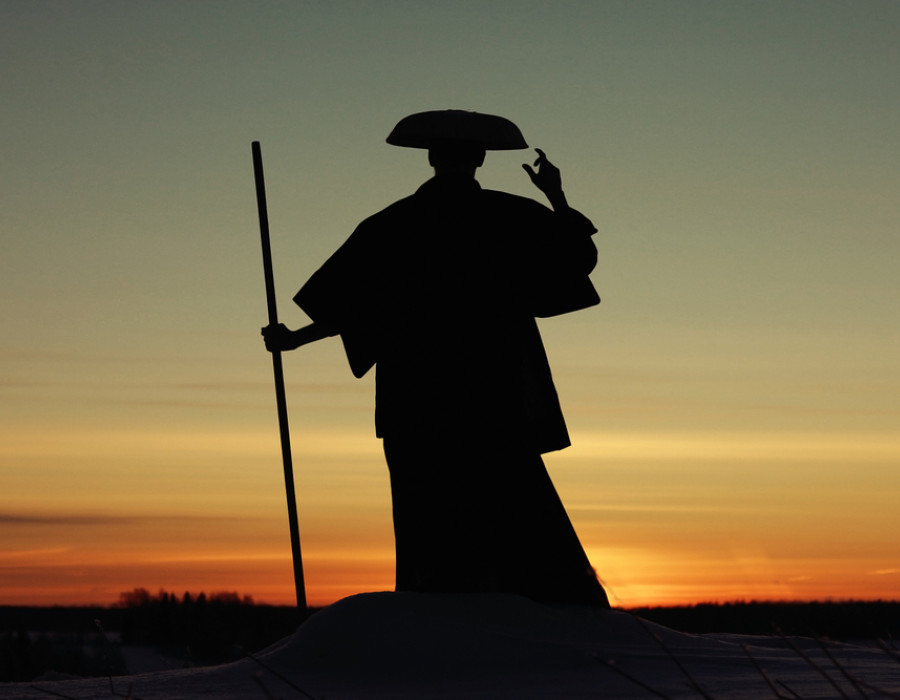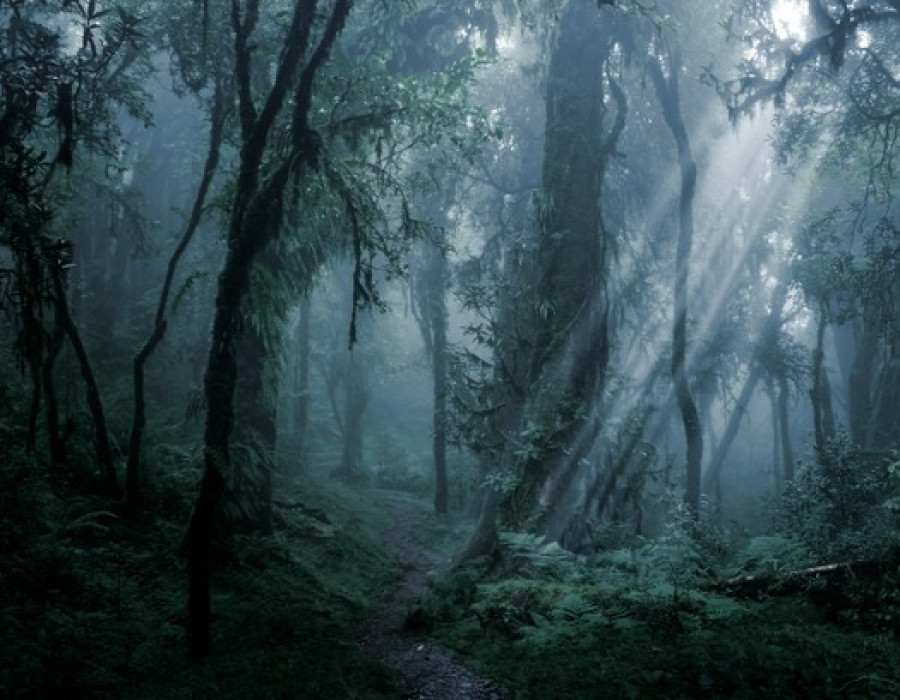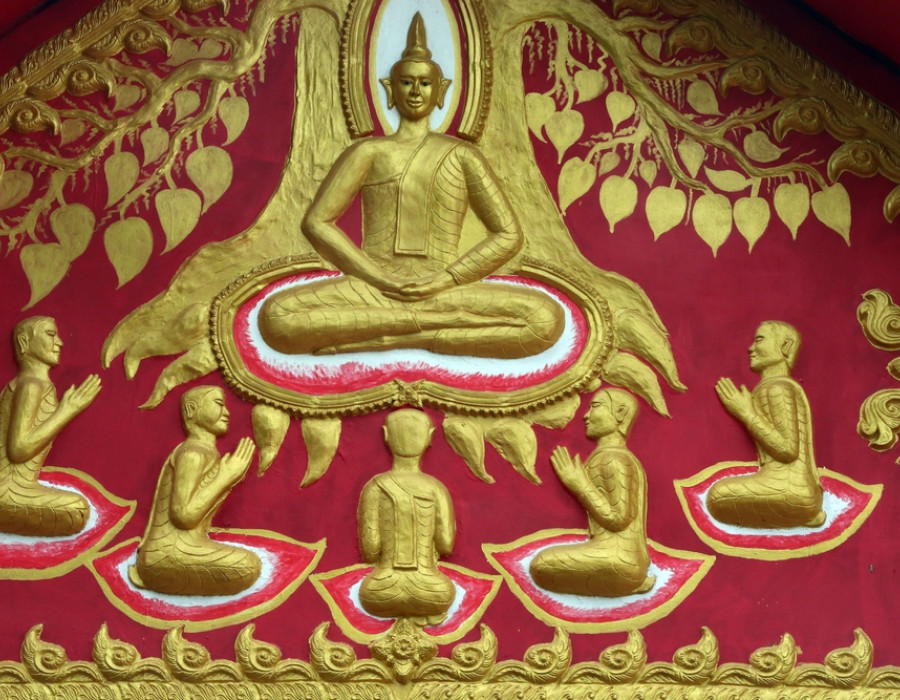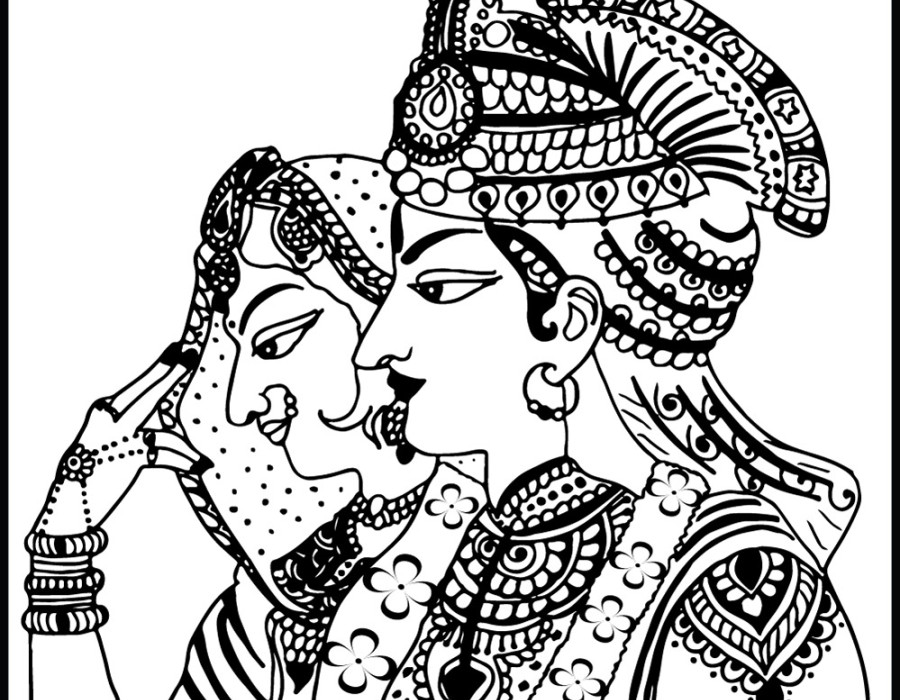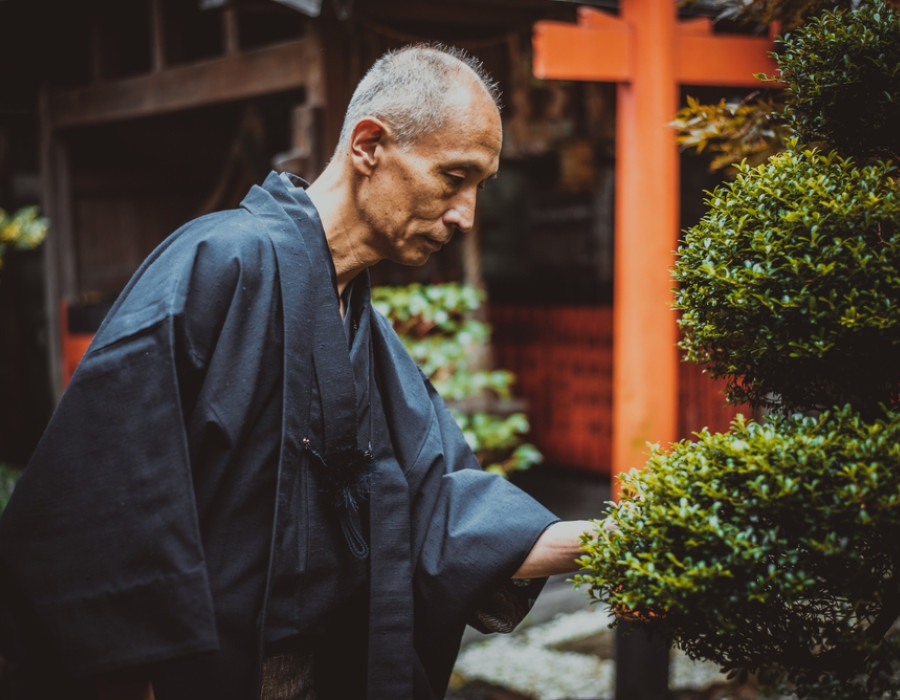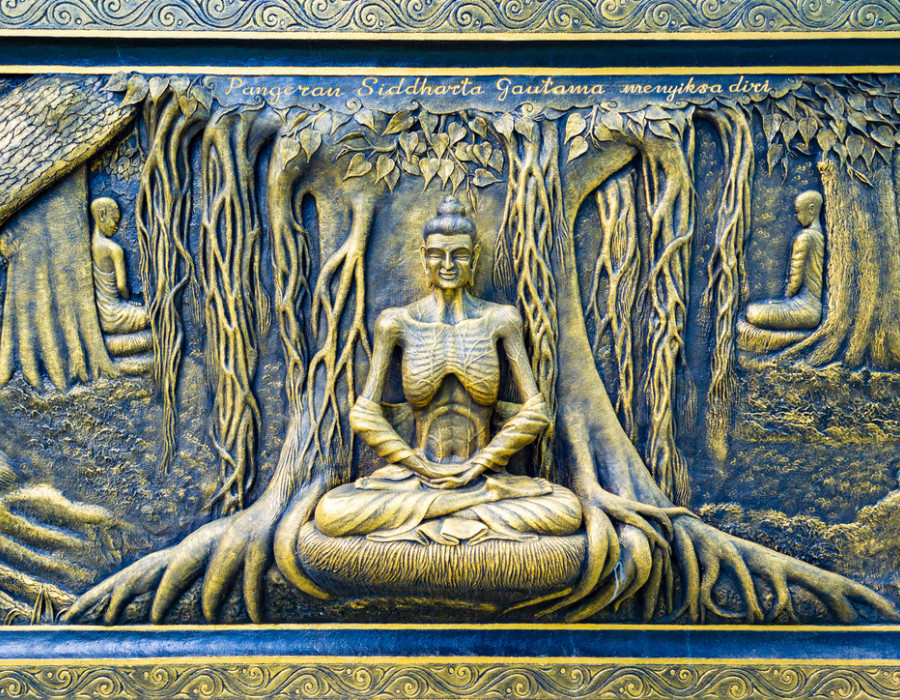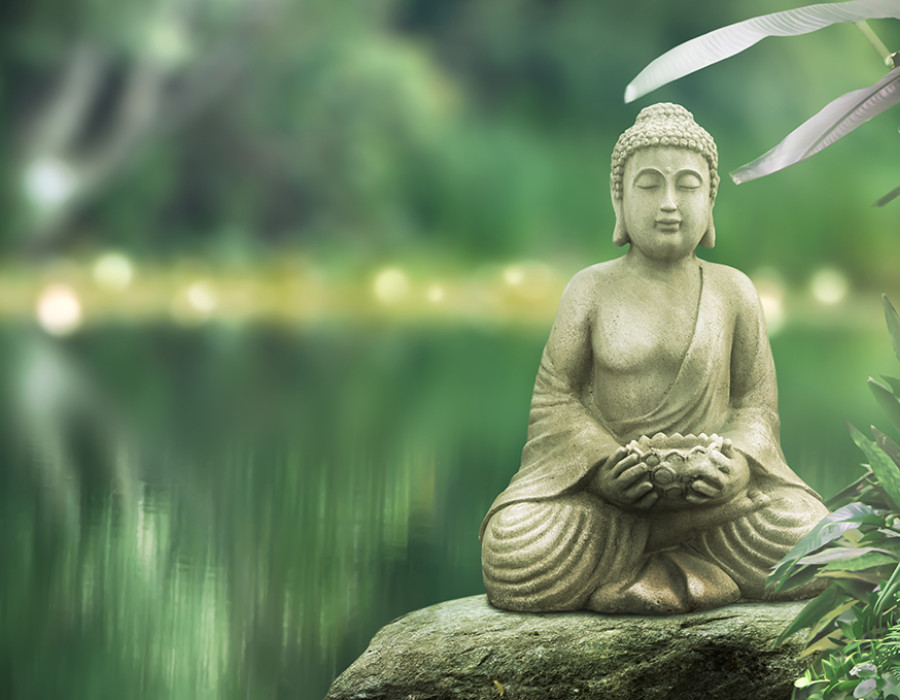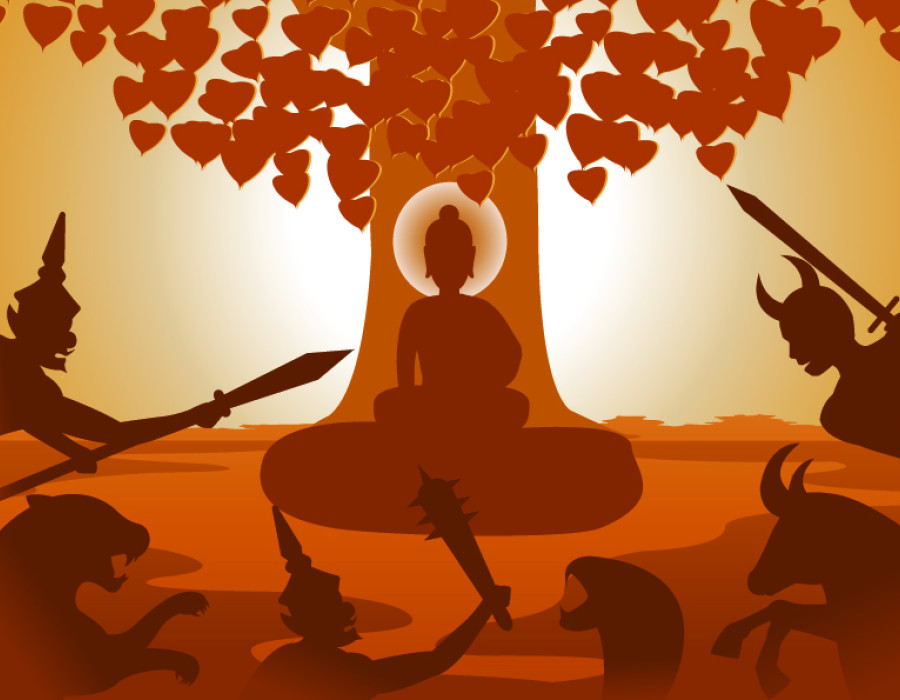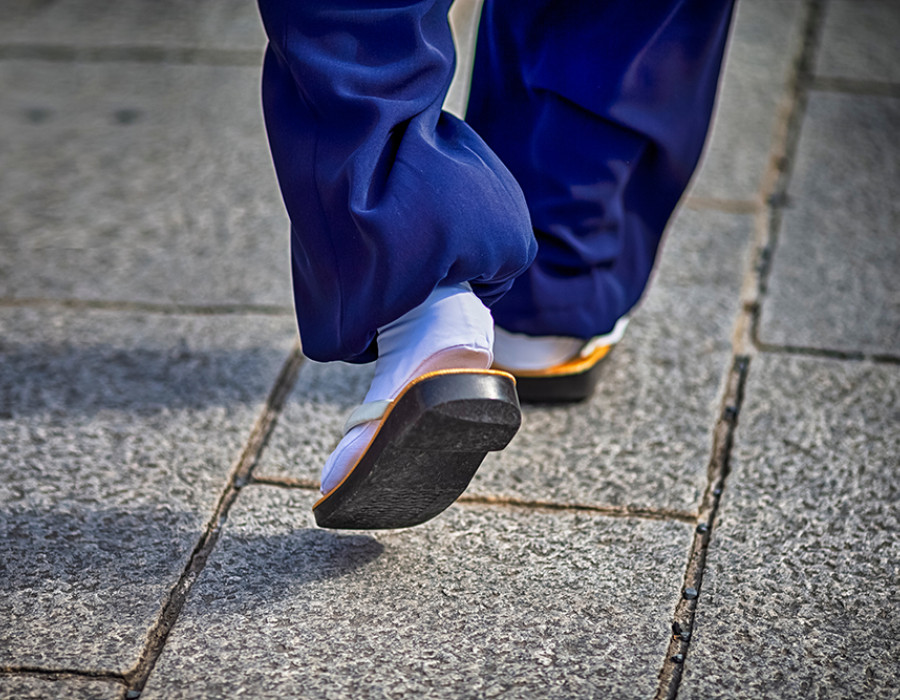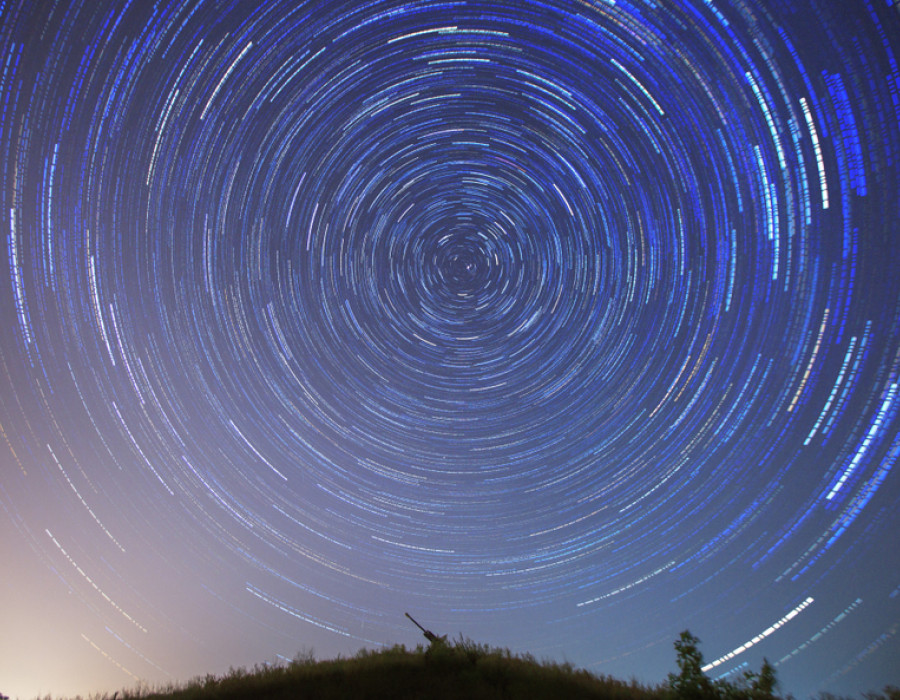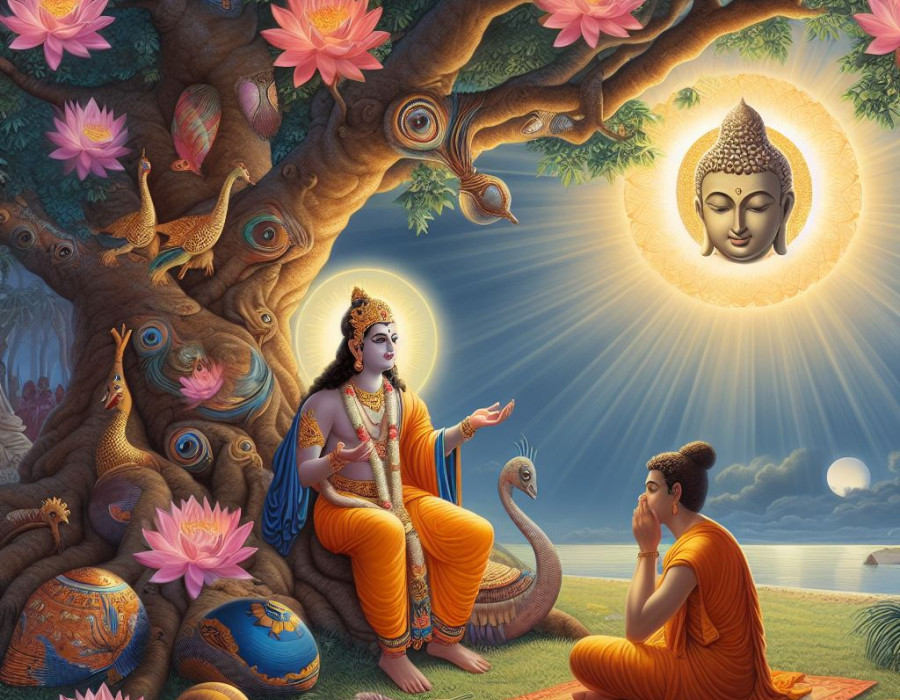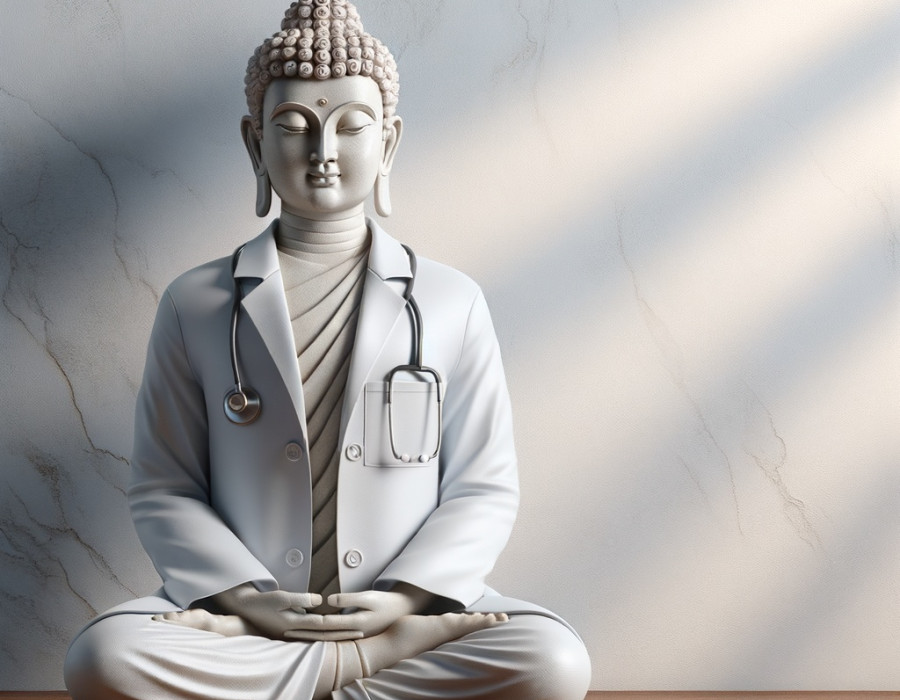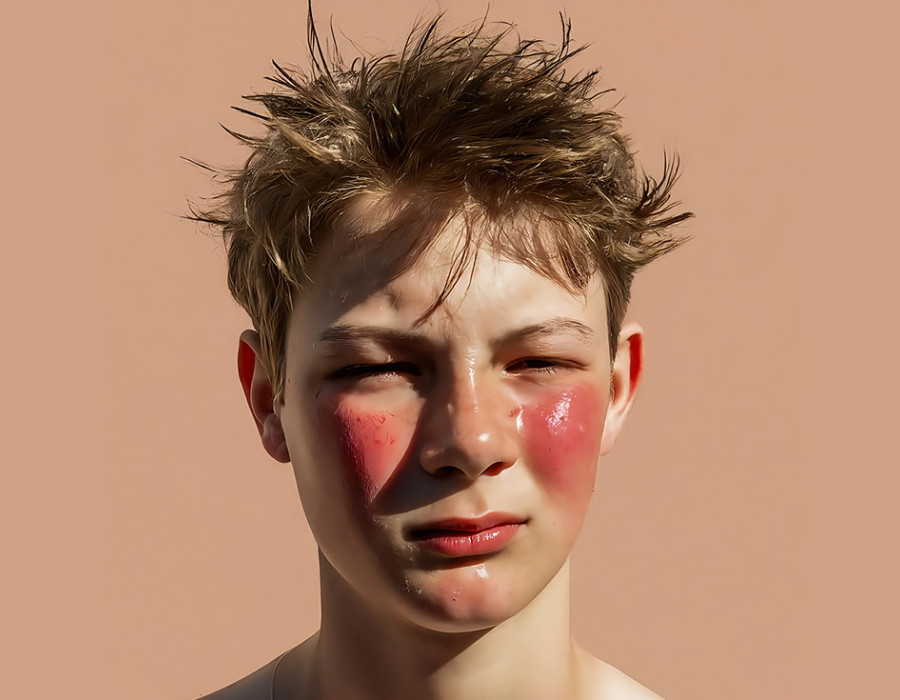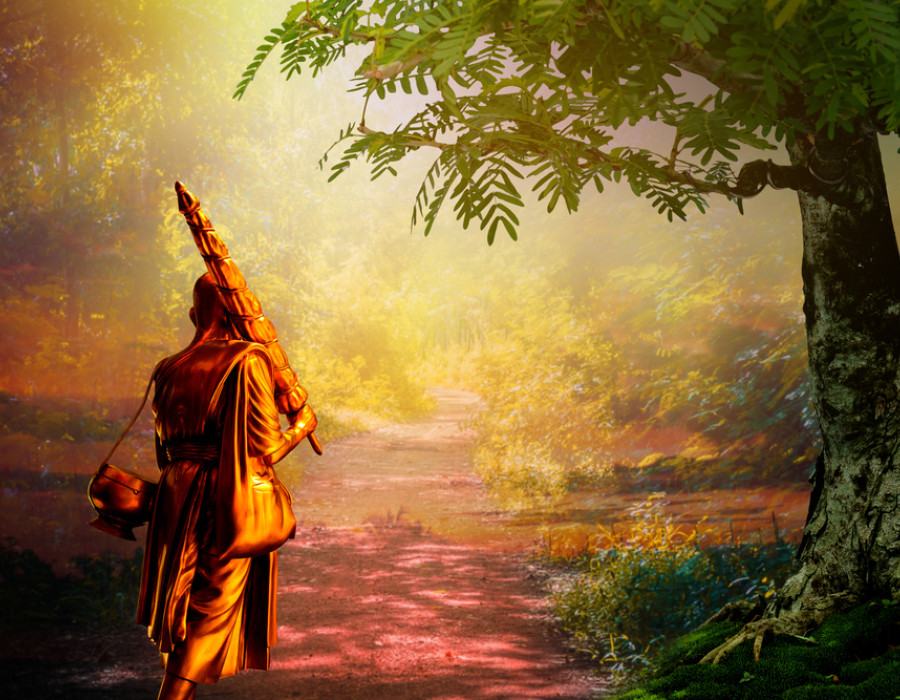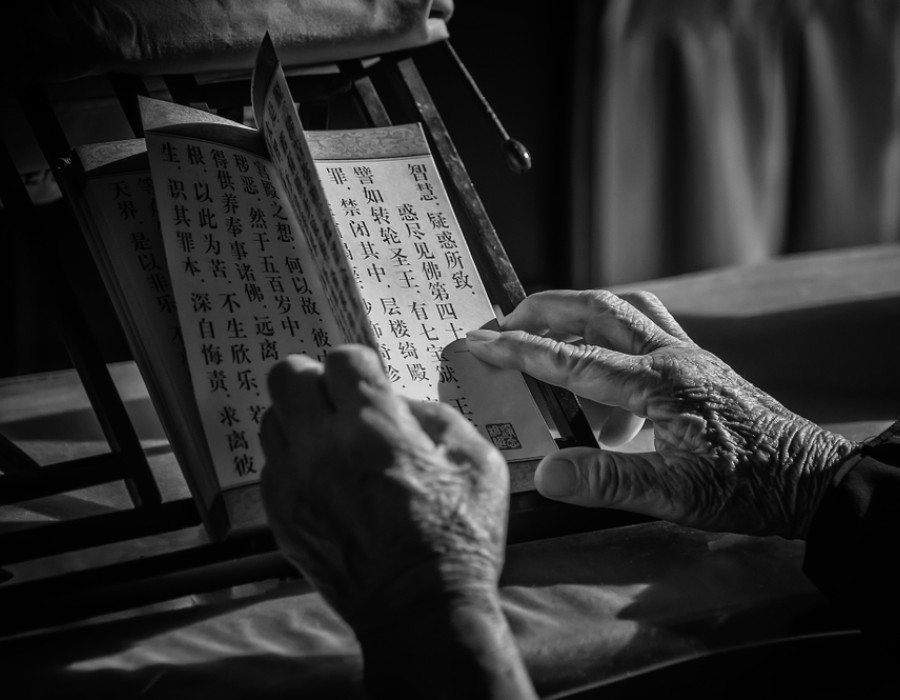14. Solo
THE BUDDHA BLOG
A 13 year old girl gives Gautama the final lesson that will lead him to full Buddhahood.
 ©
© Shutterstock
Jizo says that the next part of the Buddha’s story is so important that it’s been written about many times in great detail. But what do we really know about the Buddha’s life when he lived so long ago? So, we have to understand these details in a special way. They tell us something true, but in the form of a story rather than a documentary.
For example, there’s the story of Sujata, this thirteen- year- old girl who finds Siddhartha and gives him his first meal. In one version of the story, a shepherd finds him after he collapses. In another it’s Sujata’s maid who finds him. The maid tells Sujata to bring a special meal because she thinks she’s seen a river god. I don’t care much for this version. The Buddha himself says he looked like a skeleton and was black with dirt. Would you expect a river god to look like that? The story I like is the one where Sujata finds the Buddha under a Banyan tree. We saw Banyan trees when we were in India. They’re humungous and amazing-looking with branches that fall all the way to the ground. Siddhartha goes to the river for a drink and faints on the way out and Sujata brings him back to life with a bowl of milk and honey. She comes back and feeds him every day until he becomes stronger and his skin looks healthy again. I can see it in my mind, like a movie, so it’s easy to believe it happened this way
Meanwhile Siddhartha’s five friends think he’s given up looking for enlightenment. They don’t ask him of course. They just see him from a distance talking to a young girl. Maybe he’s smiling or laughing, even. They see him eat a whole bowl of rice porridge. Right away they assume he’s gone back to being a spoiled prince and storm off in disgust. This rings true to me. People think they know everything about what’s going on in your head. Then they storm off without realizing that there’s a lot more they don’t know. Parents and teachers are like this, and sometimes even friends.
So now Siddhartha is all alone. If he’s going to break through to enlightenment, he’s going to have to fly solo, like one of those jet pilots in experimental planes. Already nobody can touch him. He’s up there all by himself. There’s no one in the world who can follow him or even wants to. One day, Siddhartha rips a small piece of cloth from the end of his robe and twists it into a wick. He lights the wick and places it in the bowl that Sujata gave him. Then he sets the floating candle in the river and says to himself: “If I am to attain enlightenment, may this bowl not disappear downstream”. Just then the bowl catches a current that takes it in the opposite direction.
This is the sort of magic I can relate to in a story. Have you ever tossed a coin when you didn’t know what to do? Like “heads I go to school”; tails I stay home”? Of course, it always comes up heads in these cases, so you trot off to school. But you feel a little better for tossing the coin because now you know it’s out of your control.
I remember one day I’m playing Pooh Sticks, the game in Winnie the Pooh where they throw sticks off a bridge to see which one appears on the other side first. I say to myself, “If the longer stick wins, then my Dad is coming home. The shorter stick peeks its head out first, but it gets caught in a little whirlpool and the longer stick sails past so I shout: “The longer stick wins!” And I guess it did because you came home that night. Only you brought your new friend with you. I should have said, “If the longer stick wins, then my Dad is coming home ALONE”. But if I’d known about that why throw sticks at all?
Anyway, to get back to the Buddha, I reckon the point about the bowl going upstream is that it’s what Siddhartha does to become enlightened. Everyone else in the world tries to be happy by getting more and more of what they want and here’s this geezer who tries to be happy by wanting less and less. Jizo says that trying to be happy with less when everyone is trying to be happy by getting more is like swimming upstream against the current.
THE BUDDHA BLOG | Michael Haggiag
Books

